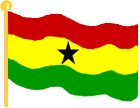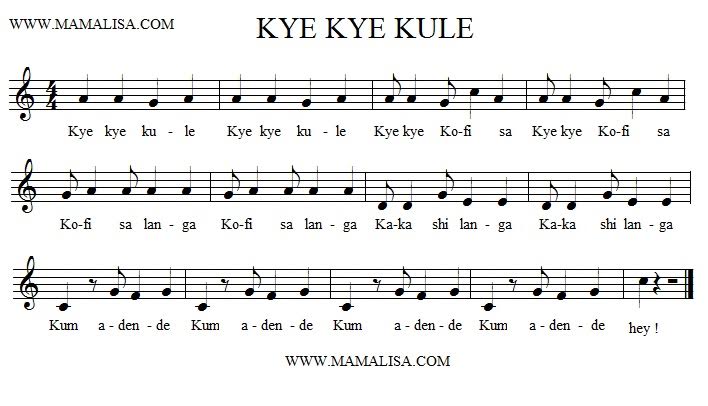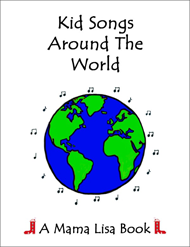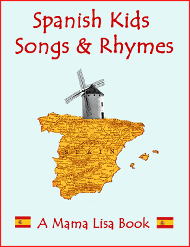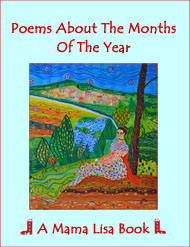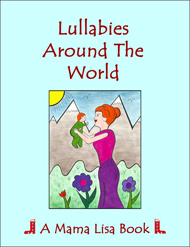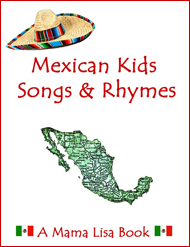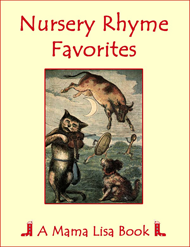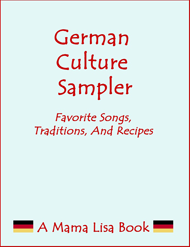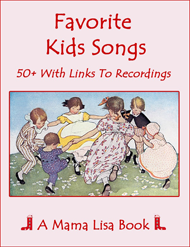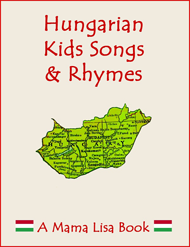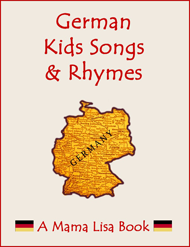Kye Kye Kule
"Kye Kye Kule" is sung in many countries in Africa and all over the world.
It's a call-and-response song with actions. The leader sings a line and then the group repeats it. All lines are chanted, while performing actions to the beat.
Since there's no exact way to translate this song, we give explanations of the lyrics instead of an English translation. Please note that "Kye Kye Kule" is pronounced, "chay chay kool-lay".
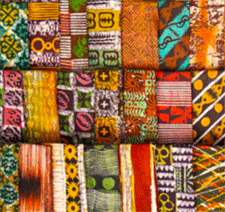
Kye Kye Kule
Kye Kye Kule
Call and Response Song
Call and Response Song
(Unidentified Language)
(English)
1. Leader: Kye kye kule*
Group: Kye kye kule
2. Leader: Kye kye Kofi sa
Group: Kye kye Kofi sa
3. Leader: Kofi sa langa
Group: Kofi sa langa
4. Leader: Kaka shi langa
Group: Kaka shi langa
5. Leader: Kum Aden Nde**
Group: Kum Adende
6. Leader & Group:
Kum Adende
Kum Adende, hey!
1. "'Kye Kye Kule' is a widely understood phrase that is meant to get others' attention to chant or sing folk songs in unison.
2. Kofi is the name of a person. 'Kye Kye Kofi Sa' is getting Kofi's attention.
3. 'Kofi Sa Langa' is an attempt to derive words from the 'Kofi Sa' in the previous line.
4. 'Kaka Shi Langa' does the same and bears some semblance to what a native English speaker may consider rhyming lines.
5. 'Adende Kum' describes the action of bending to touch the feet. 'Adende' literally means a 'see-saw' or up-and-down motion and 'Kum' is an onomatopoeia associated with the downward motion. If a child were learning the accompanying actions, the 'Kum' portion naturally coincides with the downward motion." -William
Notes
*Pronounced: "chay chay kool-lay"
**Pronounced: "koom adende"
*****
William wrote to us from Ghana about the meaning of this song...
"Regarding the 'Kye Kye Kule' song there is no good translation into English, nonetheless it's not a nonsense song at all. This would be like calling 'Hey Diddle Diddle' a nonsense nursery song. It's best characterized as a rhyme, but rhyming in the Ghana language is quite different from English rhymes. It is common to build a new phrase using a substantial part of the previous one as a way to teach rhythm and continuity during language skill development in kids. This song falls in that category, that's why almost every person that went to primary school in Ghana knows it. Pay very close attention and you may be able to spot the 'strategic' repetition of words or phrases from the previous line.
'Kye Kye Kule' is not in Twi or in any Ghanaian language that I'm aware of. The only familiar Twi or Akan word is the common name 'Kofi'. The song has no literal meaning." -William
Game Instructions
The leader performs the following actions while singing the corresponding line of the song. Then the Group repeats the same actions while repeating the same line.
Actions:
1. Tap your head 4 times to the beat.
2. Tap your shoulders 4 times while twisting upper body side to side.
3. Put your hands on your hips while twisting upper body side to side 4 times to the beat.
4. Tap your knees 4 times to the beat.
5. Bend over and touch your feet on "kum" and then your waist on "adende", like a see-saw.
6. Group repeats the action in Step #5. Then on "hey", everyone puts their hands up in the air.
Comments
We've read in a couple of places that Kye Kye Kule (pronounced "chay chay koolay") is from the Ghanian Fanti Tribe. The Fanti Tribe speaks Fanti and Twi.
The spelling of this song varies widely. We've seen these spellings, "Kye Kye Kule", "Che Che Kule", "Shay Shay Kooley", "Che Che Koolay", "Che che Cole", etc.
*****
Jennifer wrote:
"After speaking to a Ghanaian friend of mine, she told me that it was just a rhyming teasing song with words that didn't make any sense. Although she said she identified the name Kofi.
I sing this song with my Reception class and a Ghanaian visitor to the school informed us that he sang it as a child. My class loves singing the song."
*****
Ms. Laverne wrote, "It is NEVER a nonsense song."
*****
Eric Hamell wrote, "According to songsforteaching.com, this song translates to instructions for the body-touching actions performed in conjunction with it. But when I was taught it by a school assembly guest in third grade, I remember him saying it was a song about the harvest, although I don't remember an exact translation."
*****
Roxanne Dixon wrote, "Thought I would share a brief note - I recently had the opportunity to learn a few Ghanaian children's games from Dr. Paschal Younge, Ghanaian native and Ohio University professor who has spent significant time collecting children's games in Ghana. He taught our group Kye Kye Kule, but instead of fixed motions, Dr. Younge said the motions are improvisational hand motions, dance moves, clapped or patted rhythms that the leader performs during the call, then the group copies during the response. This is a misconception among American educators."
*****
We welcome any further info about this song!


Thanks!
Thanks!
Thanks and Acknowledgements
Thanks to Jennifer, Ms. Laverne and Eric Hamell for help with this song! Thanks to William for help with the meaning of "Kye Kye Kule". Thanks to Roxanne Dixon for commenting on dance motions.
Image: Kente (Batik) Cloth in Market - Kumasi - Ghana, cc, by Adam Jones, cropped and enhanced by Lisa.


